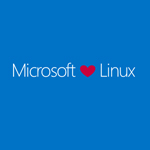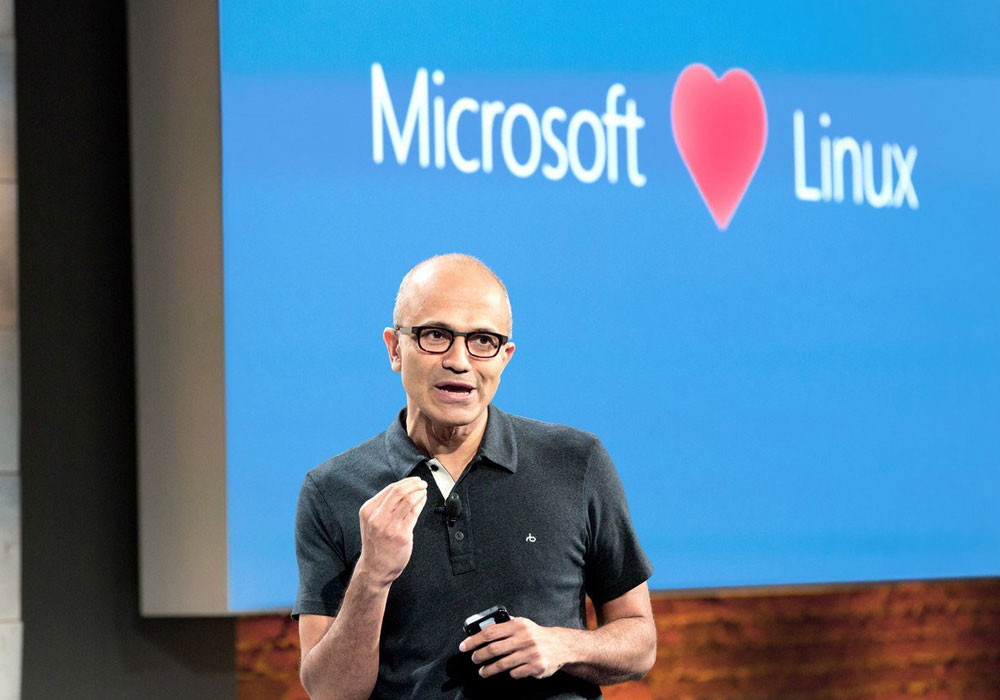 Software developer Microsoft thrives and has succeeded largely because of its Windows operating systems. With massive knowledge and experience in creating its own operating system, this didn't stop the company from creating its own version of Linux.
Software developer Microsoft thrives and has succeeded largely because of its Windows operating systems. With massive knowledge and experience in creating its own operating system, this didn't stop the company from creating its own version of Linux.
Microsoft's CEO Satya Nadella is not at all like Steve Ballmer. Nadella thinks clearly different and has other consideration about how Microsoft should run its business. With the company's focus on Windows 10 has not yet diminished, Microsoft is thinking of using Linux as a development of its own operating system.
Unlike Cononical's Ubuntu or Red Hat and Fedora, Microsoft's version of Linux is specifically designed to run on cloud data centers, running on Microsoft's Azure Cloud Switch.
"The Azure Cloud Switch (ACS) is our foray into building our own software for running network devices like switches. It is a cross-platform modular operating system for data center networking built on Linux. ACS allows us to debug, fix and test software bugs much faster. It also allows us the flexibility to scale down the software and develop features that are required for our data center and our networking needs," said Microsoft's Principal Architect for Azure Networking Kamala Subramaniam.
Microsoft has faced many challenges when building its Azure cloud because network switches are generally built within their own software. The company had difficulties in integrating the software of those network switches with the wide variety of software it uses to run its Azure cloud service.
This led Microsoft to build its own switch software, and the company's developers chose Linux - a free OS that Ballmer once described as "a cancer."
With the launch, the company intends to separate the switch software from its hardware, which the company believes to be a rising trend in the networking industry.
As a cross-platform modular OS, Microsoft's ACS is built especially for data centers running on Linux. This enables users to debug, repair, and examine software bugs much faster. It also offers the flexibility to scale down the software and develop features needed for data center and networking needs.
Furthermore, ACS is incorporated in Microsoft's monitoring and Azure's diagnostics system. This allow the switches to be handled through graphical user-interface.
Designed to work alongside Microsoft's Switch Abstraction Interface (SAI), the ACS is an OpenCompute effort and the first open-standard C Application Program Interface (API) that offers an API for programming network switching Application-Specific Integrated Circuits (ASICs) inside network devices.
The Open Compute Project (OCP) is an industry association started by Facebook. Microsoft joined OCP in 2014, and is a founding associate of and provider to the organization's SAI project.
Linux: Microsoft's Love Affair

Linux started its life in September 1991 with version 0.01 by Linus Torvalds as the principal author of the Linux kernel. As further developments were achieved with the help of the many volunteers around the world, Linux became one of the most prominent examples of free and open-source software collaboration.
However, Linux is more of an operating system of choice by data centers, beside than just becoming a standard operating system. It's "free" status made the operating system popular among those that were planning on running servers. Another advantage of Linux is that the operating system is also an important part of Google Android's core, making Linux having an extensive reach beyond scale.
Under Steve Ballmer, Microsoft treated Linux as an enemy, considering it as a threat that posed many harm to Windows. Microsoft has competed with strategies to fight Linux in many ways, from making its Windows more easier to use for non-technical users, to extensive marketing to boost sales.
Under Satya Nadella, Microsoft's view on Linux has softened, and the company's stance against Linux is not anymore that aggressive. Under his leadership, Microsoft has begun enabling supports for Linux on Microsoft's flagship products, including Azure.
In 2014, when Nadella was delivering a speech at a San Francisco media event touting Microsoft's cloud offerings, he even boldly declared that "Microsoft Loves Linux". According to Nadella that time, 20 percent of Azure was already on Linux, and Microsoft was planing to deliver the "first-class support for Linux distributions in its public cloud offerings."
To demonstrate Microsoft's commitment, Nadella announced Azure's support for the container-friendly CoreOS distro, along with CentOS, Oracle Linux, Suse, and Ubuntu.
He also pointed out that Microsoft supports a variety of open-source software applications on its cloud. For example with Hadoop vendor Cloudera.
The method was to make Microsoft able to deliver cloud services that spans deployment models ranging from public infrastructures to hybrid clouds and SaaS. According to Nadella, this is for Microsoft cloud to empower "every business across every industry in every geography."
Further reading: Microsoft is Changing and Makes .NET Framework Open-Source and Cross-Platform